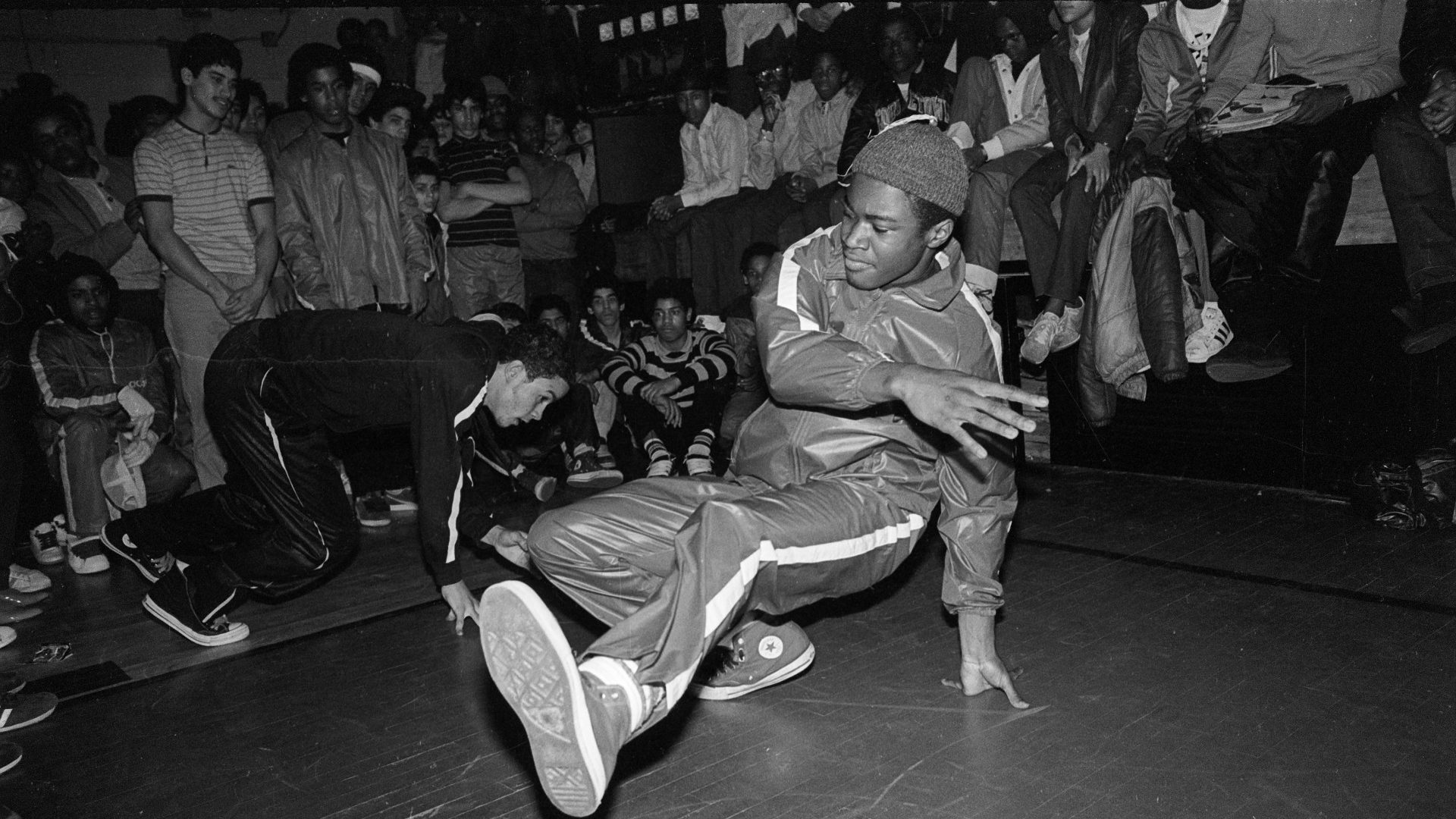In the 1970s, hip-hop culture emerged in The Bronx, New York, surrounded by poverty, drugs and violence. This movement brought together various subcultures such as graffiti, breakdance, rap, beatbox and DJing, offering young people an alternative to the difficult life on the streets. Young people from various immigrant groups were at the heart of this cultural development, and as they developed their skills, their self-awareness also grew. Hip-hop brought them self-esteem and pride, and a mutual community emerged.
Toward the end of the 1980s, hip-hop in the Netherlands hit the underground as the general public turned to the emerging house culture. Breaking was considered outdated, but rap music continued to evolve.
In the late 1990s, rap music grew worldwide from the underground and became a multi-million dollar industry with influences in various popular art forms, including fashion, film and art. During this period, breakdance also regained their place in society. Countries such as Germany, England and France set the trend in Europe, followed by America, Asia, South America and later the countries of the African continent.
Over the past 15 years, we have seen the Breaking community grow significantly not only in number of practitioners, but also in acceptance and recognition among the general public. In 2018, the World Dance Sport Federation (WDSF) introduced Breaking at the Youth Olympic Games in Buenos Aires, which became a highlight in the crowded urban sports park.
In 2019, the International Olympic Committee announced that Breaking would be included in the program of the Paris Olympics, confirming the recognition and legitimacy of this dance form on a global level.

